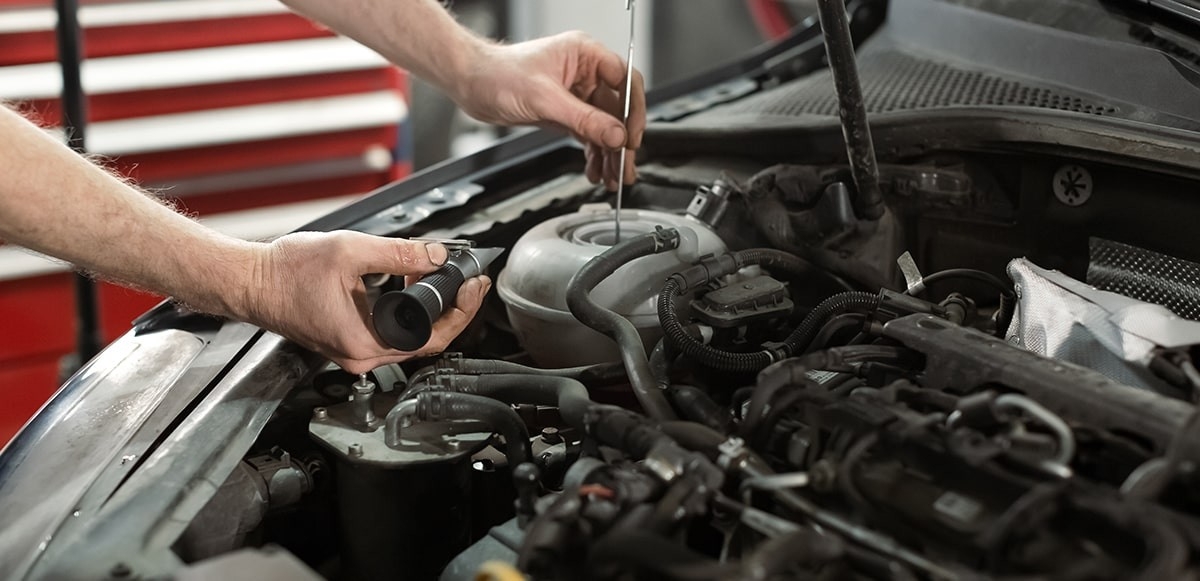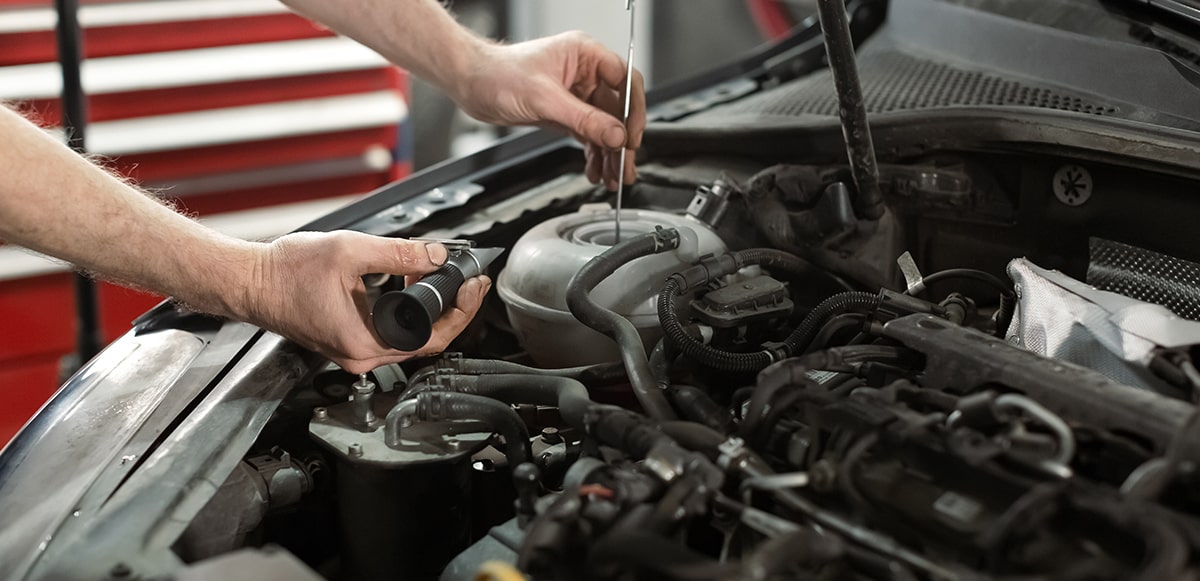How to fix a coolant leak


A coolant leak is uncommon; it is not something you anticipate at any point in your equipment’s life expectancy. However, if and when it does, you should resort to further maintenance to correct the issues.
Coolant leaks occur due to a number of reasons, such as corrosion, deposit formation and poor compatibility with seal materials. The result is engine failures, unexpected downtime, and maintenance and repair costs.
At Caltex Middle East, we are committed to finding out the root cause of any problem and correcting it. The use of proper coolants is one of the key considerations. Havoline Radiator Coolant is a carboxylate corrosion inhibitor with small amount of mono ethylene glycol- added coolant for use in automotive and light-duty diesel engine applications, containing inhibitors that provide protection against corrosion when used as recommended, without any need to add water.
It contains mono ethylene glycol and helps to prevent freezing and overheating while providing protection against corrosion, protecting all metals including aluminium, and preventing scale build-up. Havoline Radiator Coolant is compatible with conventional (red) antifreeze.
This coolant comes highly recommended for applications where antifreeze protection is not required. It can be used in naturally aspirated and turbocharged gasoline engines in passenger cars, light-duty truck diesel engines and passenger cars, and light truck spark-ignition engines.
However, remember that Havoline Radiator Coolant should not be mixed with other engine coolants since most coolant blends are based on carefully balanced mixtures of various corrosion inhibitors, and mixing of coolants with different inhibitor packages can cause loss of corrosion protection which can hamper your engine’s overall performance.
To learn more: me.caltexlubricants.com/en_me/home/products/havoline-radiator-coolant.html





























